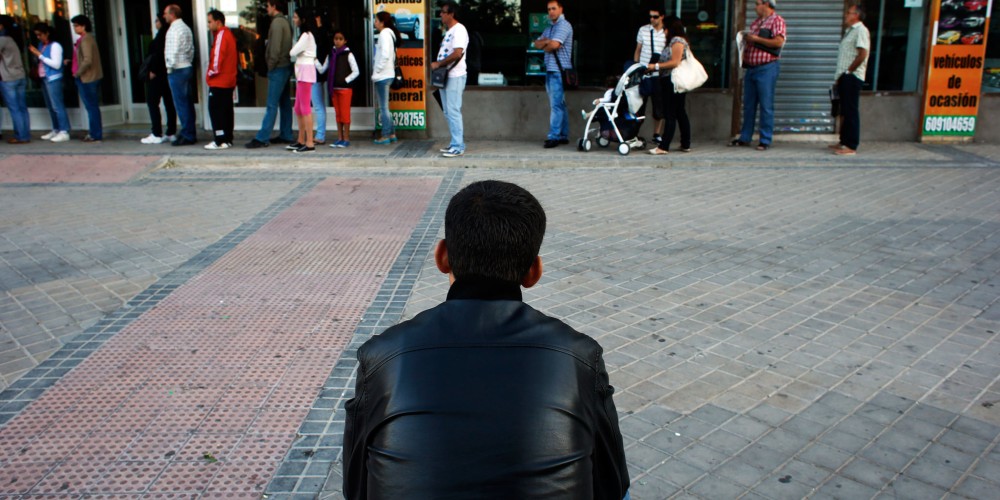
Türkiye's latest youth statistics, released by the Turkish Statistical Institute recently, paint a detailed portrait of a demographic in transition. Although the share of young people in the population is gradually declining, the numbers indicate significant transformation.
There are nearly 13 million individuals between the ages of 15 and 24 in Türkiye today, accounting for 14.9% of the total population. In comparison, youth made up 21% of the population in 1950. By 2100, this figure is projected to fall to just 9%, dipping below today’s European Union average of 10.7%.
The report also reveals a troubling rise in the proportion of young people who are neither in education, employment, nor training, commonly referred to as NEETs.

NEETs, colloquially referred to as “home youth,” now constitute 23% of the youth population.
Within this group, gender disparities are stark: 30% of young women fall into this category, compared to just 16% of young men. On a broader scale, the youth employment rate has risen to 39.5%, with 56.3% of working youth employed in the service sector. Among young women in employment, 64.7% are in services.
Geographical distribution shows clear contrasts. Hakkari, a southeastern province, stands out with the highest youth proportion at 21%. On the other end of the spectrum, Balikesir in the west records the lowest at 12%. These differences underscore the regional demographic imbalances that influence local economies, education needs, and labor markets.

Marriage rates among young people reveal sharp gender disparities. While 12% of young women are married, only 3% of their male counterparts are. This divergence reflects broader societal trends, including the delaying of marriage, particularly among men.
The gender gap extends to life expectancy as well. On average, young women are expected to live 5.2 years longer than men, indicating ongoing differences in health outcomes and lifestyle choices.
Among youth who have moved cities, education is the leading cause. In the most recent data, 231,000 young people relocated for educational purposes.
The gender gap in higher education enrollment is also notable. The net enrollment rate for women in higher education stands at 49%, compared to 41% for men. This reversal of traditional gender roles in education highlights the growing participation of young women in academic life.

Despite economic and social challenges, 87% of young people report being satisfied with their general health. Health also ranks as the top source of happiness for 45% of youth, underscoring its central role in overall well-being.
Secondary happiness factors differ by gender. For women, success ranks just behind health, whereas for men, financial well-being comes second.
When it comes to overall happiness, the numbers are fairly balanced, but gender differences remain visible. A total of 51% of youth say they feel happy. However, young women report a higher happiness rate (55.4%) and a lower rate of unhappiness (9.6%). In contrast, 48% of young men say they are happy, while 13% report feeling unhappy.
Finally, life expectancy continues to favor women. A 15-year-old today is expected to live another 63 years on average—an estimate pulled upward by female longevity.
Türkiye’s youth demographic is experiencing gradual but significant change, reflecting broader regional and global trends. The widening gender gaps—whether in education enrollment, employment status, or well-being—highlight ongoing shifts in societal roles and expectations.
Increased female participation in higher education contrasts with higher rates of inactivity among young women, indicating complexities in translating educational attainment into labor market outcomes.
Regional disparities in the youth population emphasize uneven development and the persistent need to address local economic and social conditions. Meanwhile, the steady rise in youth employment, particularly within the service sector, shows evolving economic structures, even as the relatively high NEET rates point to continuing hurdles in youth integration.